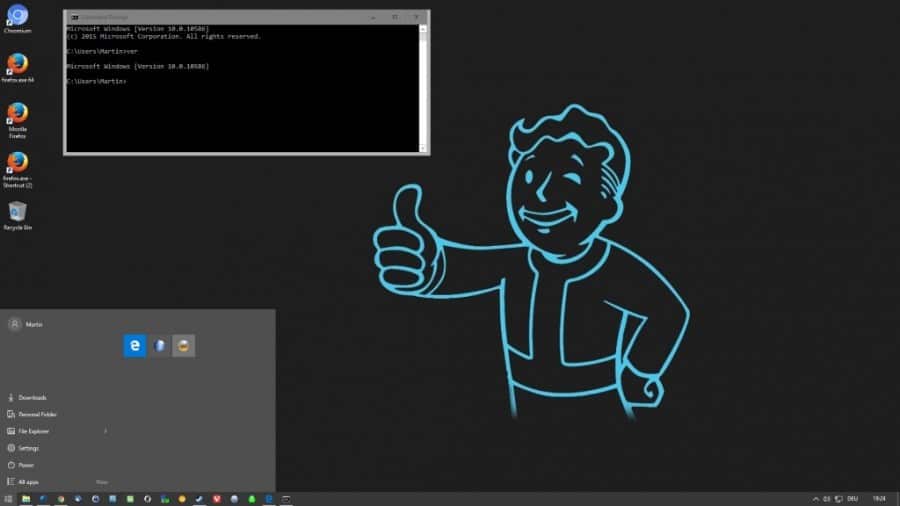
They are linked to the working sets of their owning process, and can "go active" if the process requests the data, but they can also be cleared out to free up RAM if demand climbs. This is paged memory that hasn't been cleared out yet, but again, hasn't been used recently. Eventually it will be flushed or written to the page file, and can be called into service quickly if resource demands require it. This is memory that is still held, but hasn't been used recently. This is the total memory in use on the system. This is the BIOS, system drivers, hardware drivers etc. They will add up to almost what you have installed, but expect them to come up a little short. When you open resource monitor you will see how the 2.7 is being used.Īnd here is what each type of allocation means If you look at windows 10 resource monitor memory I am reasonably convinced you will find all is in order


It will do, as ram will always be used by 10 even when at rest

If used it is only ever properly used, as a troubleshooting tool. I am reasonably certain that you will immediately notice the difference.Įven if McAfee is the paid for version, there is no point in keeping something, if it is found to be the culprit and IF I am wrong you can of course reinstall itĬCleaner is not needed on 10 and run in default mode WILL cause problems and the registry cleaner of CCleaner is an absolute NO on 10 - indeed it should never be used as a maintenance tool on any OS from 7. I strongly recommend you uninstall all of McAfee and use the Windows Firewall and the included Windows Defender


 0 kommentar(er)
0 kommentar(er)
